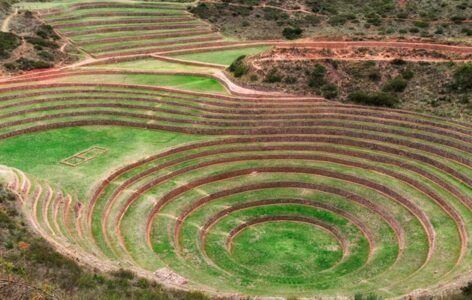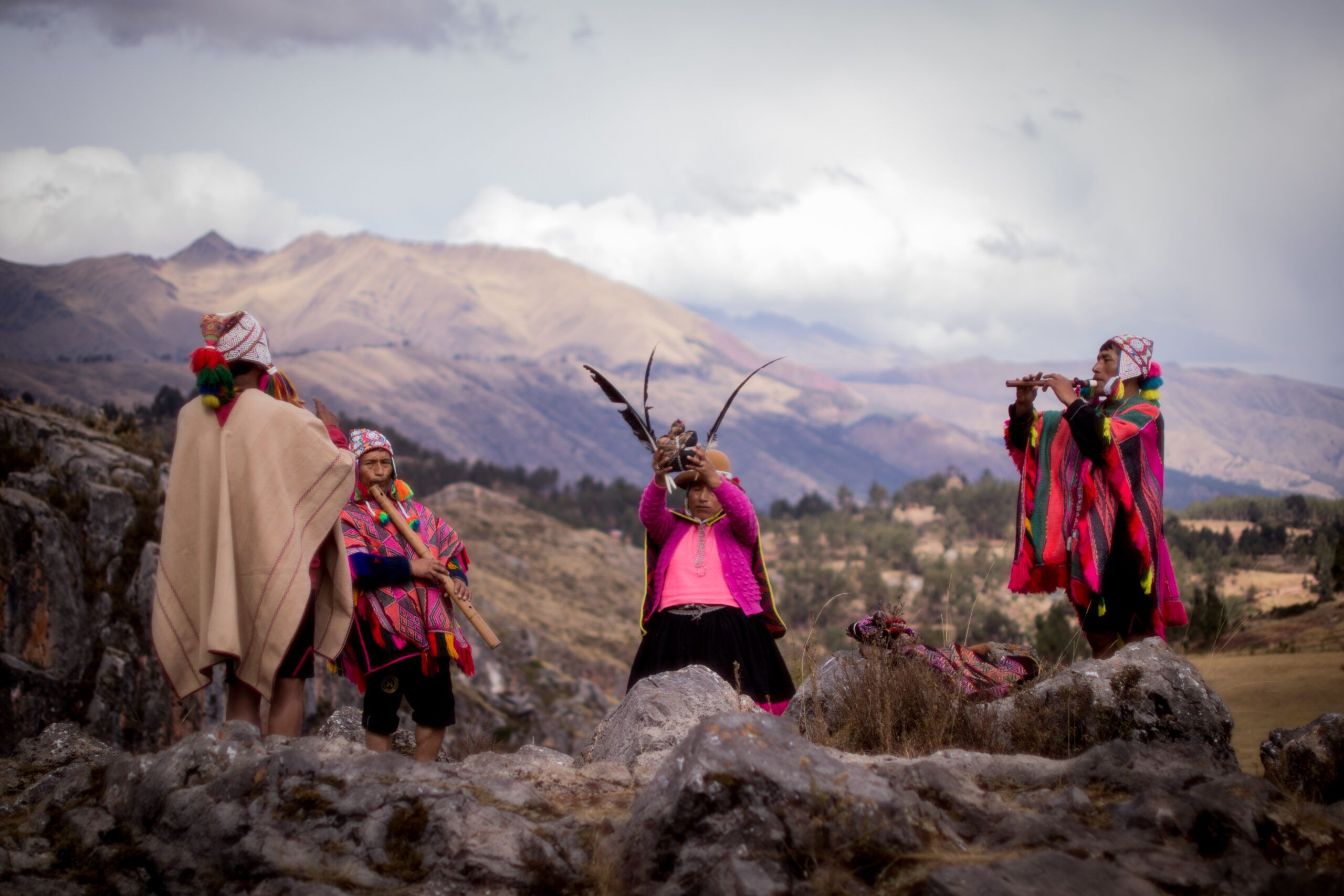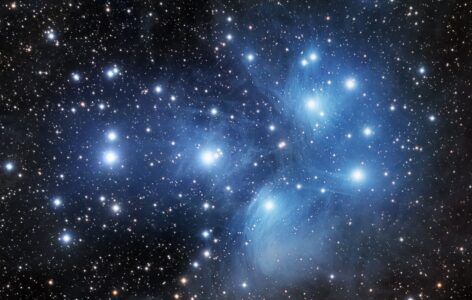The winter solstice, known as Inti Raymi or Willka Kuti (Return of the Sun) in the Andean tradition, marks the beginning of the Andean New Year. Celebrated on June 21st in the Southern Hemisphere, this event holds deep cultural, spiritual, and agricultural significance for Indigenous communities across the Andes.

This blog explores the history, rituals, and contemporary celebrations of the Andean New Year, drawing from anthropological and historical sources to provide an in-depth understanding of this ancient tradition.
1. The Astronomical and Agricultural Significance of Andean New Year
The winter solstice is the shortest day and longest night of the year in the Southern Hemisphere. For Andean cultures, this event symbolizes the rebirth of the sun (Inti in Quechua, Tata Inti in Aymara), which is crucial for agricultural cycles.
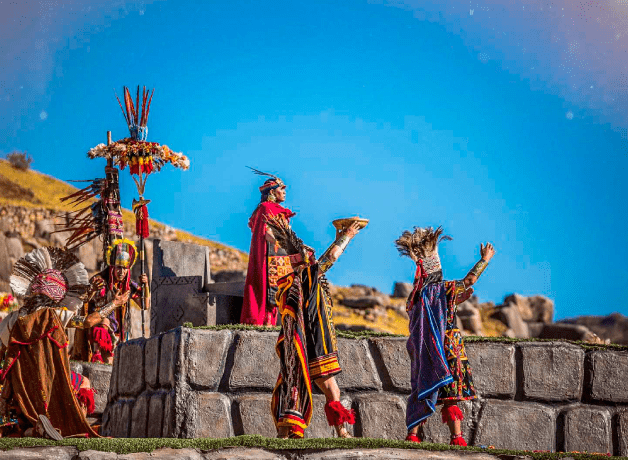
According to scholar John Earls (1998), the Incas developed a sophisticated astronomical system to track the solstices using structures like the Intihuatana (“hitching post of the sun”) in Machu Picchu. These observations ensured precise agricultural planning, as the solstice marked the time to prepare the earth for planting.
2. Andean New Year: Historical and Spiritual Roots
The celebration dates back to pre-Inca civilizations, but it was the Inca Empire that institutionalized Inti Raymi as a state ceremony. Garcilaso de la Vega (1609), in his Comentarios Reales de los Incas, describes how the Inca ruler led rituals in Cusco, offering sacrifices and prayers to ensure the sun’s return and the fertility of the land.
The Spanish colonization suppressed Indigenous rituals, but many communities preserved them in secret. Today, the Andean New Year is a symbol of cultural resistance and Indigenous identity (Van den Berg, 1990).
3. Rituals and Celebrations of Andean New Year
Modern celebrations blend ancestral traditions with contemporary practices. Key elements include:
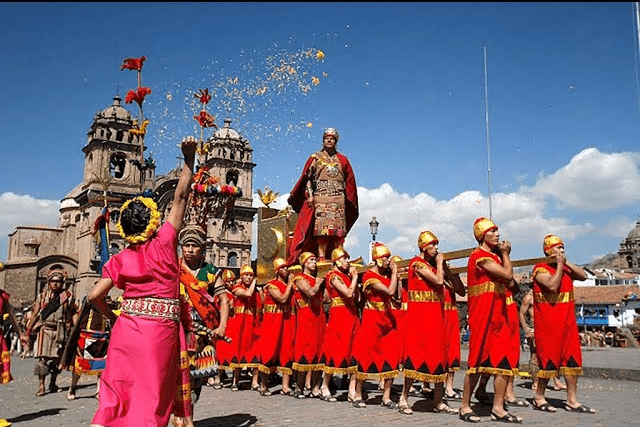
A. Ceremonies at Sacred Sites
People gather at ancient temples (huacas) and high-altitude sites like Saqsaywaman (Peru) to welcome the first rays of the sun. Shamans (paqos or yatiris) perform offerings (despachos) to Pachamama (Mother Earth) and the Apus (mountain spirits).
B. Offerings and Gratitude
Offerings include coca leaves, corn, quinoa, and chicha (fermented corn beer). Catherine J. Allen (2002) notes that these rituals reinforce communal bonds and reciprocity (ayni), a core Andean value.
C. Music and Dance
Traditional dances like ch’unchu (Peru) accompany the festivities, symbolizing the renewal of life.
References
- Allen, C. J. (2002). The Hold Life Has: Coca and Cultural Identity in an Andean Community. Smithsonian Books.
- De la Cadena, M. (2015). Earth Beings: Ecologies of Practice Across Andean Worlds. Duke University Press.
- Earls, J. (1998). Las características astronómicas del urbanismo inca. Revista Andina.
- Garcilaso de la Vega, I. (1609). Comentarios Reales de los Incas.
- Van den Berg, H. (1990). La tierra no da así no más: Los ritos agrícolas en la religión de los aymara-cristianos. Hisbol.

